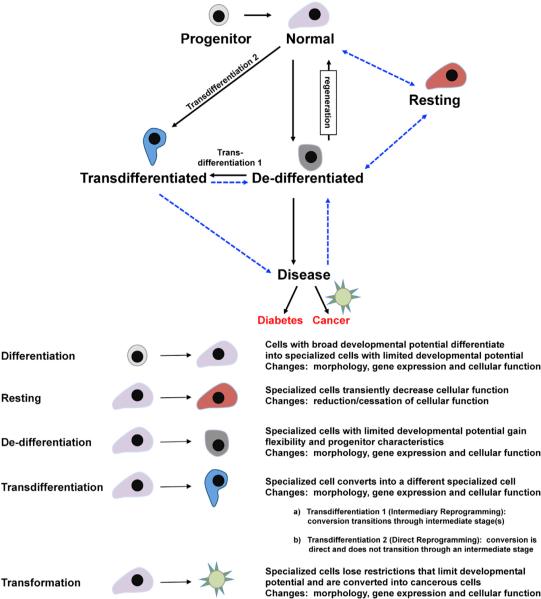Figure 1. The Transition between Different Cellular States in Response to Genetic Manipulation or Injury and the Connection to Pancreatic Disease.
Schematic depicting the progressive cellular transitions that can potentially occur in response to insults and how these may contribute to the manifestation of different pancreatic disorders. A “Normal” cell can either change cellular identity to a novel fate, depicted as a “Transdifferentiated” cell, or lose functionality and become a “Dedifferentiated” cell. Reversal from a “Dedifferentiated” state has been observed in certain instances. Transition to a novel cellular phenotype (“Transdifferentiation”) could occur directly or through a dedifferentiated state. A hypothetical “Resting” state is also possible, wherein the cell ceases to function normally but retains key features of cellular identity and can presumably reverse back to a fully functional state. Prolonged stress, injury, or activation of oncogenic pathways can convert a “Dedifferentiated” cell into a diseased state, leading to pathogenesis. Such a state may also be achievable if the “Trans-differentiated” cell is unstable and amenable to further fate modulation. The reversibility of a diseased cell back to a “Normal” cell has great implications for therapy and remains to be established. Blue dashed arrows depict hypothetical fate changes. Detailed definitions of the different cellular states are noted.

